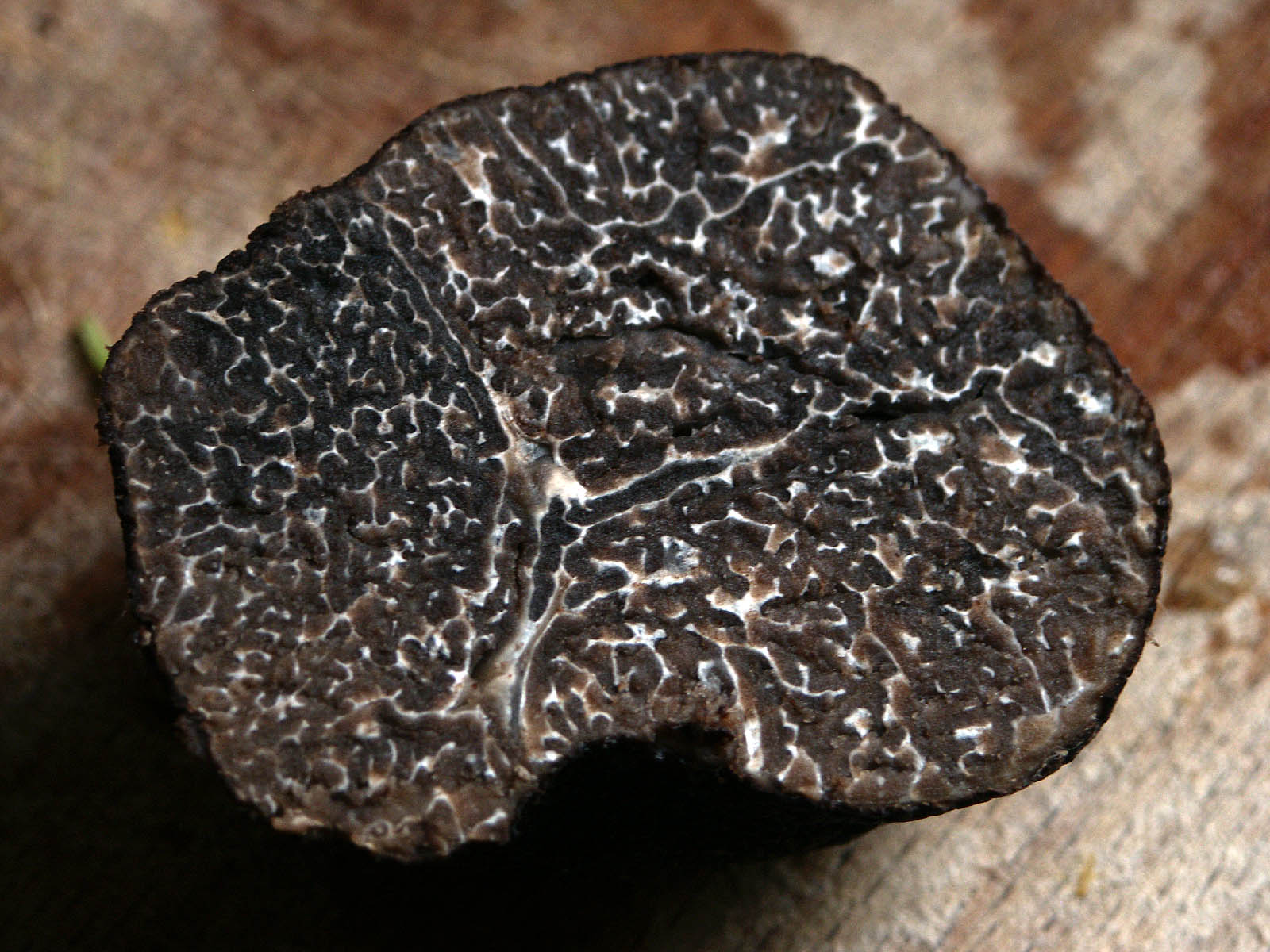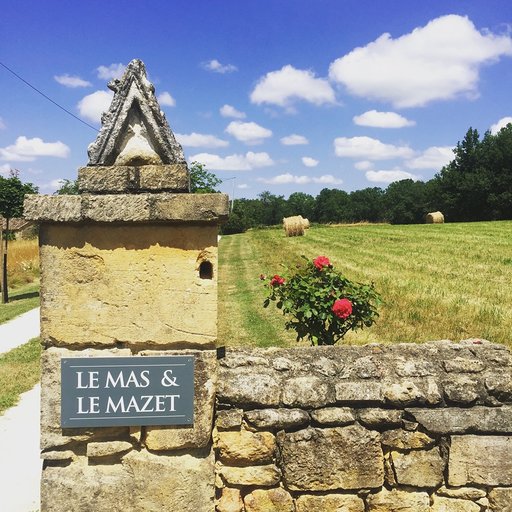French Truffle Hunt 101 — Everything You Need to Know About Chasing Those Delicacies on a Dream Trip
Using a Five Star 16th Century Farmhouse as Your Base Never Hurts
BY Kimber Westphall Clonts // 10.25.19Le Mas et Le Mazet is the perfect farmhouse to luxuriate in after a long day of truffle hunting.
Truffle fries. Truffle mac and cheese. Even truffle pizza.
Truffle-inspired cuisine is the food darling of the moment (then again, is it really ever not?). So the next time you’re noshing on your favorite trendy truffle dish, you may have a new appreciation for the elbow grease and time it took to hunt down those truffles.
You may even feel compelled to snag your passport and hunt them down yourself. And just in time, as truffle hunting season kicks off in France in November, and runs through April.
And not just any type of truffle. Winter is claimed for hunting season, as that’s when the black Périgord truffles — also referred to as “black diamonds” — are ready to be harvested from the roots of the trees on which they grow.
Truffle-loving Texans and international travelers alike venture to the medieval villages of France to pillage the land in hopes of uncovering the subterranean enchanted fungi, and harvest these sought-after delectable treasures.
So how does one even find themselves in such a scenario? Truffle hunts are open to visitors around the region of Southwest France called Dordogne, where the truffles are rich and plentiful in the woodlands.
These hunts are guided by both expert people, as well as perhaps the most useful explorer: the trusty pig.
Also called truffle hogs, these domestic pigs are the prime sleuths for extracting the truffles deep beneath the earth’s surface.
Their snouts are able to detect the treat up to three feet underground. Some truffle-hunting expeditions also rely on the shrewd senses of truffle-sniffing hunting dogs.
Upon a full day’s work of exploring the forest and digging in the dirt, you would naturally expect to reap some type of reward.
If you’re lucky enough to fetch the truffles, many of these hunts culminate with over-the-top dinners or cooking classes.
If your hunt left you empty-handed, don’t fret.
Dordogne’s bistros are bursting with truffle dishes during the season, including some of the most popular items: confit de canard, truffled foie gras, truffled ice cream and truffled crème brûlée.
You’ll even notice it on the cocktail menu with truffled vodka. Visitors to the region often pair their hunt with a trip to the truffle market, emerging by December and lasting until March. Digging demonstrations, tastings and more can enjoyed at these festive markets, which have become a European tradition.
Truffle Retreats
After a hard day’s work, tired truffle hunters need to find a respite, of course. One of the most popular destinations in the region is a 16th-century farmhouse and its adjacent cottage, ideal for a group of the ultimate foodies, called Le Mas & Le Mazet.
And when we say farmhouse, we are talking a 5-star rating by the Dordogne Perigord Tourist Board, on behalf of the Ministry of Tourism.

Probably not the farmhouse you’re conjuring up in your head. The classification is based on the facilities, space, accommodation and information offered to guests.
The property serves as an ideal backdrop for the charming experience in the European town dotted with ancient monasteries, castles and the world-famous Lascaux Caves.
But perhaps its proximity to the truffle-rich forests serves as a supreme motivator for staying there.
As the wooded areas in France have doubled since 1850, almost every road or byway in the Dordogne region is covered by a lush tree canopy. And Le Mas & Le Mazet is situated in near proximity to the two major forests: The Foret De La Double and The Foret du Landais.
Take the trip and dig for one of these delicacies yourself. You won’t regret it.












































